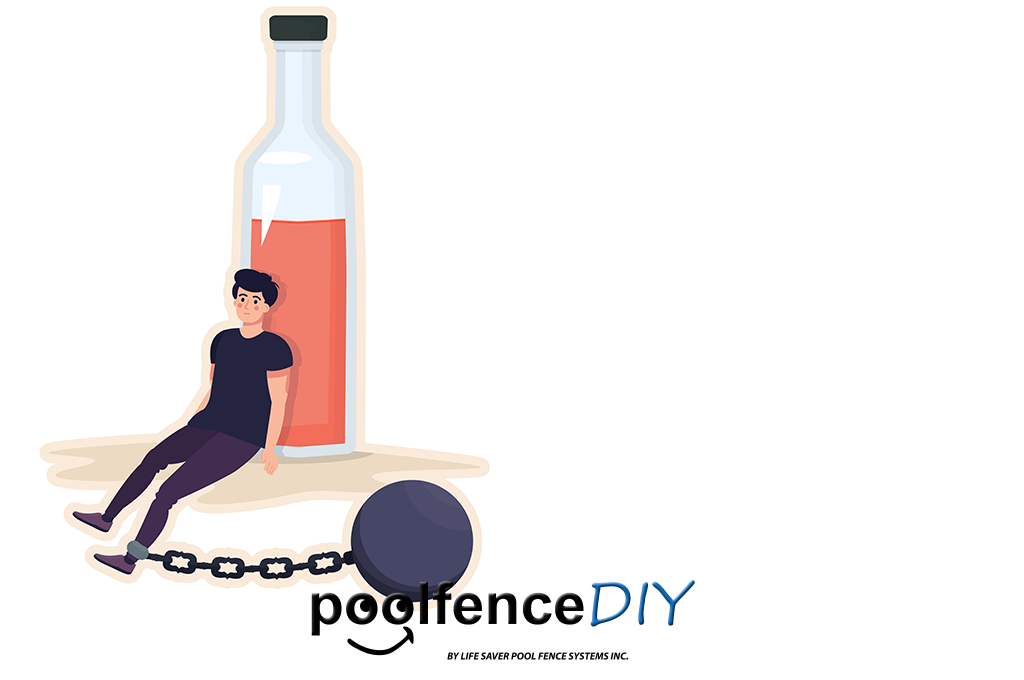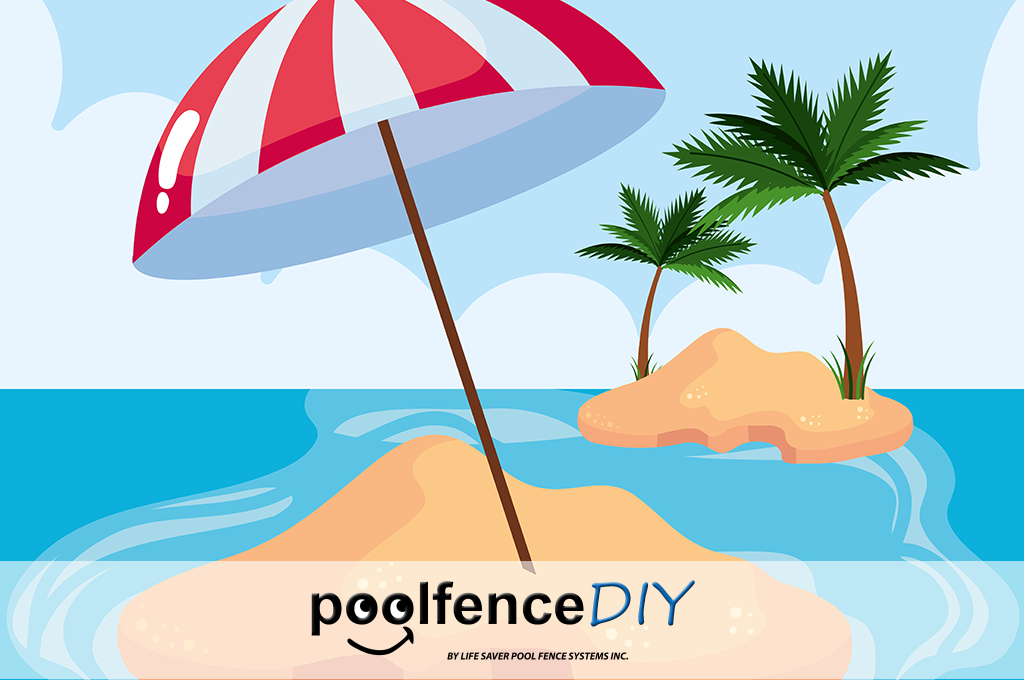Drowning Danger Right Under Your Nose: The Importance of Active Supervision

Believe it or not, drowning danger is often right under your nose. It only takes a moment for a day in the backyard to turn into a nightmare. For example, a recent tragedy details the moment a mother lost sight of her one-year old daughter. In a flash, without active supervision, the child wandered off and fell into a water-filled hole.
By the time the mother discovered her daughter, it was too late. Adlyn Stevens, just a toddler, was found unresponsive in the shallow water. The heartbreaking incident serves as a stark reminder of how quickly drowning can occur, even under the watchful eye of an adult.
The Swift Reality of Drowning Danger
As we frequently mention, drowning danger often unfolds in the blink of an eye. Despite being surrounded by loved ones, children can find themselves in perilous situations in moments, and in seemingly safe environments. What makes these accidents even more tragic is that they frequently happen while children are under adult supervision.

In fact, statistics from the AAP reveal that a staggering 90% of drowning deaths occur while children are being watched. Furthermore, drowning is possible in as little as two inches of water. This chilling fact underscores the critical need for active supervision when children are near absolutely any body of water.
The Devastating Consequences of Distraction
This recent news story of the drowned one-year-old is a sobering reminder to adults everywhere. The dangers of distraction can be fatal. Amidst the hustle and bustle of daily life, it's easy for adults to become momentarily preoccupied, inadvertently putting children at risk.

Active supervision means more than just being present—it requires undivided attention and vigilance. Whether at a pool, a lake, or even in the backyard, adults must prioritize the safety of children above all else.
Best Practices for Active Supervision
Active supervision demands a proactive approach to safeguarding children around water. Here are some essential practices to help prevent drowning incidents:
- Eliminate Distractions: As mentioned above, it is vital to focus solely on supervising children. Avoid distractions like phones or reading materials.
- Close Proximity for Infants and Toddlers: Always stay within arm's reach of infants and toddlers, especially when they're near or in water.
- Continuous Vigilance for Older Children: Even older children require constant supervision. Never underestimate potential risks like running in the pool area.
- Maintain Visual Contact: Drowning is often silent and swift. Always keep children in sight, even if they know how to swim.
- Touch Supervision: For added safety, stay close enough to touch children in case of an emergency. This is still true even if the child is wearing a life jacket.
Keeping a Close Eye: Water Watcher Responsibilities
Designating a Water Watcher—a responsible adult tasked solely with supervising children around water—can significantly reduce the risk of drowning. The Water Watcher's role is clear: remain vigilant and avoid distractions. Those assigned to supervise should rotate responsibilities regularly to prevent fatigue.
Combating Drowning Through Education and Preparedness
Preventing drowning incidents requires a multifaceted approach that includes education, preparation, and proactive measures. Parents and caregivers play a crucial role in teaching children essential water safety skills, such as swimming techniques and basic safety rules. Additionally, learning CPR and water rescue techniques can be lifesaving in emergencies.
The tragic loss of Adlyn Stevens serves as a poignant reminder of the swift and silent danger of drowning. As a community, we must prioritize active supervision and take proactive steps to keep children safe around water. By remaining vigilant, eliminating distractions, and educating ourselves in addition to others, we can work towards preventing future tragedies and ensuring that every child can enjoy the water safely.
Remember, it only takes a moment for a fun day outside to turn into a nightmare. Let's work together to keep our children safe and prevent drowning incidents from shattering more families.




